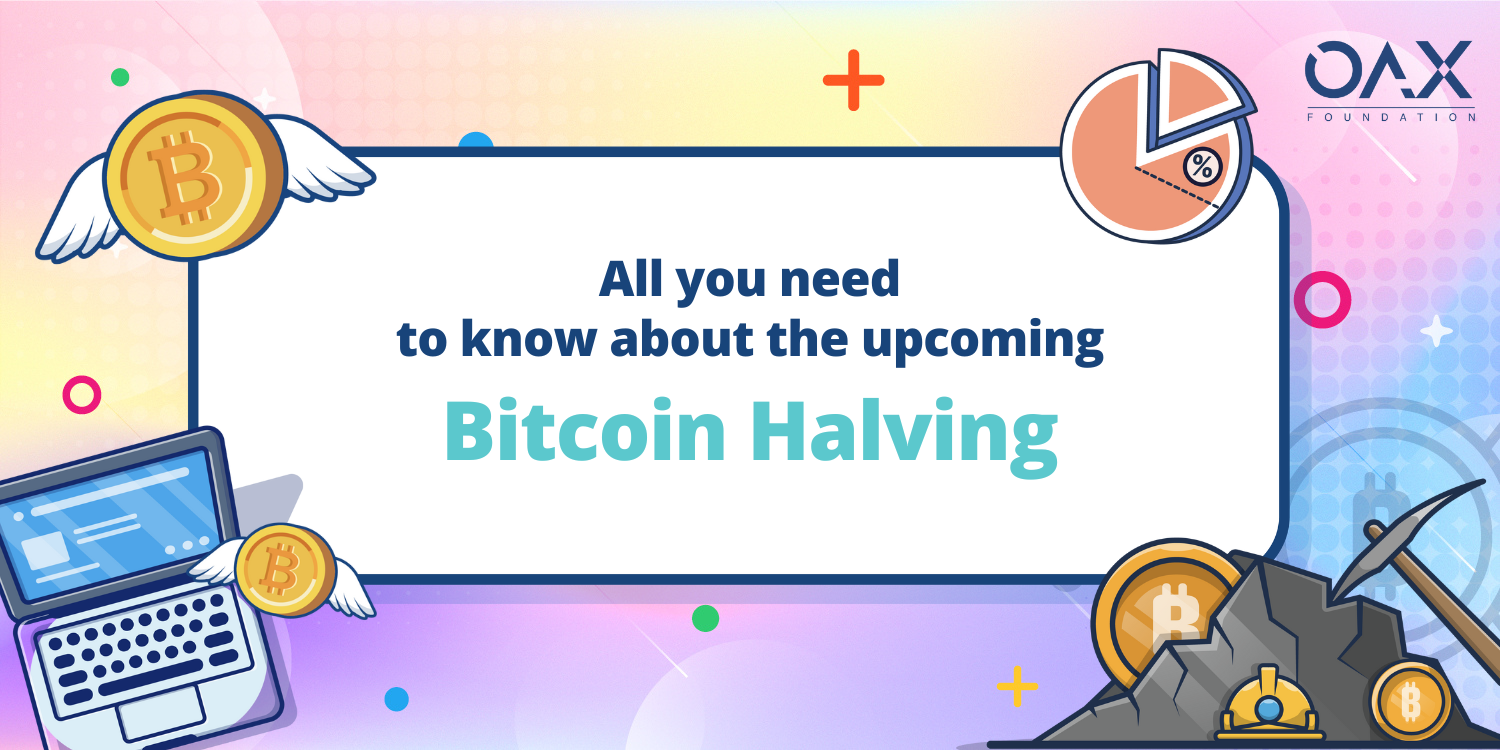
Unraveling the Impact of Bitcoin Halving on the Industry
With the recent approval of the Bitcoin spot ETF, the cryptocurrency market has experienced a steady influx of investment. However, amidst this ongoing development, another significant event is on the horizon that is generating considerable anticipation - the Bitcoin halving. In this article, we will delve into the details of what exactly the Bitcoin halving entails and explore its potential impact on the industry. By providing the necessary context, we aim to shed light on the excitement surrounding this event.
What is Bitcoin halving?
It is an integral part of Bitcoin’s supply schedule, which is predetermined and finite. In late 2020, less than 2.5 million bitcoins were left to be mined. Bitcoin is often likened to gold due to its digital nature and verifiable scarcity. The process of mining Bitcoin involves a network of computers and miners who are rewarded with bitcoins. These rewards, known as “block rewards,” are new bitcoins that enter circulation as a result of miners’ efforts. Approximately every four years, the potential reward for miners is halved.
For example, since the last halving event, the block reward has decreased from 12.5 bitcoins to 6.25 bitcoins. This reduction occurs to maintain the scarcity of Bitcoin and control its inflation. When Bitcoin was first introduced in 2009, successful miners were rewarded with 50 bitcoins every 10 minutes. After three halvings, the reward is reduced to 6.25 bitcoins every 10 minutes.
The diminishing block rewards highlight the decreasing rate at which new bitcoins are introduced into the market. This feature, coupled with the finite supply of bitcoins - all 21 million bitcoins are expected to be mined in the year 2140.
Implications of the Bitcoin’s supply
The finite supply of Bitcoin has contributed to the attractiveness of Bitcoin mining as a potentially lucrative venture for miners. This mechanism helps maintain scarcity and makes Bitcoin resistant to inflation. By issuing fewer bitcoins over time, the halving increases the likelihood of Bitcoin’s value rising, unlike fiat currencies that typically decline in value due to inflation. The halving role is to maintain scarcity and value of the digital asset. As such this event typically drives debate about price prediction and the market will respond.

How Previous Halvings Impacted the Financial Industry?
Bitcoin’s halving sets it apart from traditional financial systems, where central banks control the money supply. In contrast, the supply of the US dollar has tripled since 2000. So Bitcoin’s limited supply distinguishes it from fiat currencies that can be printed at will, potentially leading to inflation.

Distribution and Security Considerations:
Bitcoin’s distribution schedule incentivizes earning honest blocks, ensuring the network’s security. The collective computation power and the disincentive for dishonest behavior contribute to the network’s stability. As block rewards decline, miner income will rely solely on transaction fees, posing questions about the network’s long-term security.
As block rewards decrease, miners’ income will shift from newly minted bitcoins to transaction fees. This transition may have implications for the market and the economic incentives underlying Bitcoin’s security. As such, while the halving event garners attention, its precise impact on price remains uncertain.
Closing thought:
In summary, the Bitcoin halving event attracts attention due to its finite supply, contrasting with fiat currencies that can be inflated. Though we have seen increment in Bitcoin prices after each halving from the past, the exact impact on price and market dynamics remains uncertain. As block rewards decline, concerns arise about the sustainability of mining incentives and the use cases that will drive transactions on the Bitcoin network. Understanding its implications and its influence on network security is crucial. The future of Bitcoin hinges on these factors, emphasizing the unique challenges and potential opportunities that lie ahead.
Disclaimer: The above is an opinion piece written by an authorized author, but in no way represents the official standpoint of OAX Foundation Limited, nor should it be meant to serve as investment advice.


